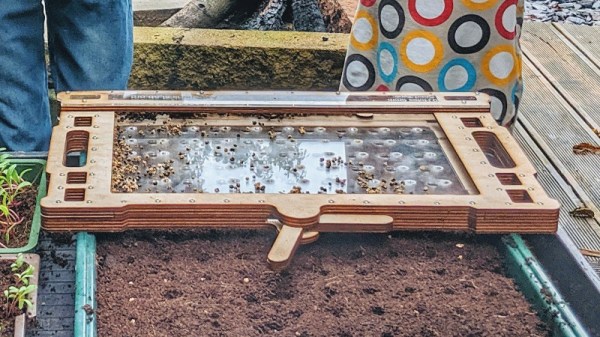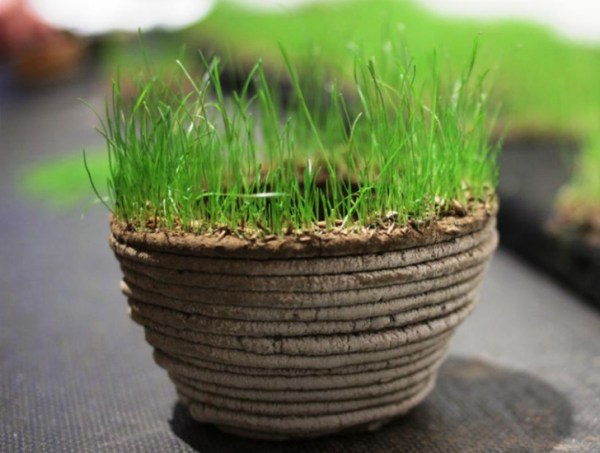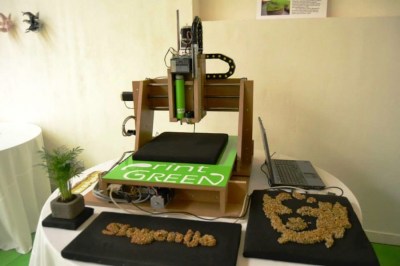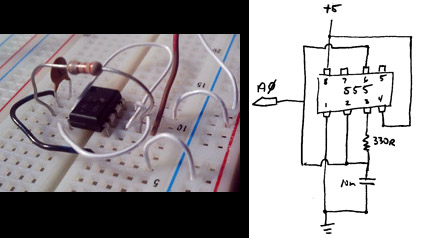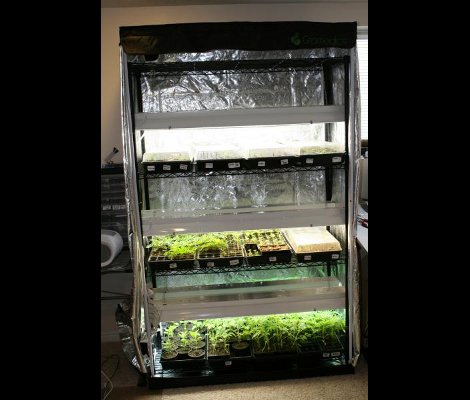Minecraft is a game about exploring procedure-generated worlds. Each world is generated from a particular “seed” value, and sharing this seed value allows others to generate the same world in their own game. Recently, the distributed computing project Minecraft@Home set about trying to find the seed value of the world shown in the Minecraft title screen, and have succeeded in their goal.
The amount of work required to complete this task should not be underestimated. 137 users contributed 181 hosts with 231 GPUs to the effort, finding a solution in under 24 hours. The list of contributors to the project is a long one. It appears the method to find the seed involved comparing screenshots from various seed worlds to the original image. This took a lot of reverse engineering in order to calculate the camera FOV and other settings of the original capture, such that the results could be compared accurately. Interestingly, the group found two seeds that can generate the requisite world, suggesting the world generator code has some collisions between seed values.
We’re not sure what’s more astounding, the amount of work that went into the project, or that there’s a distributed computing project tackling advanced Minecraft research. Either way, we’re no strangers to Minecraft hacks around these parts. Video after the break. Continue reading “Finding The Random Seed Of Minecraft’s Title Screen”


